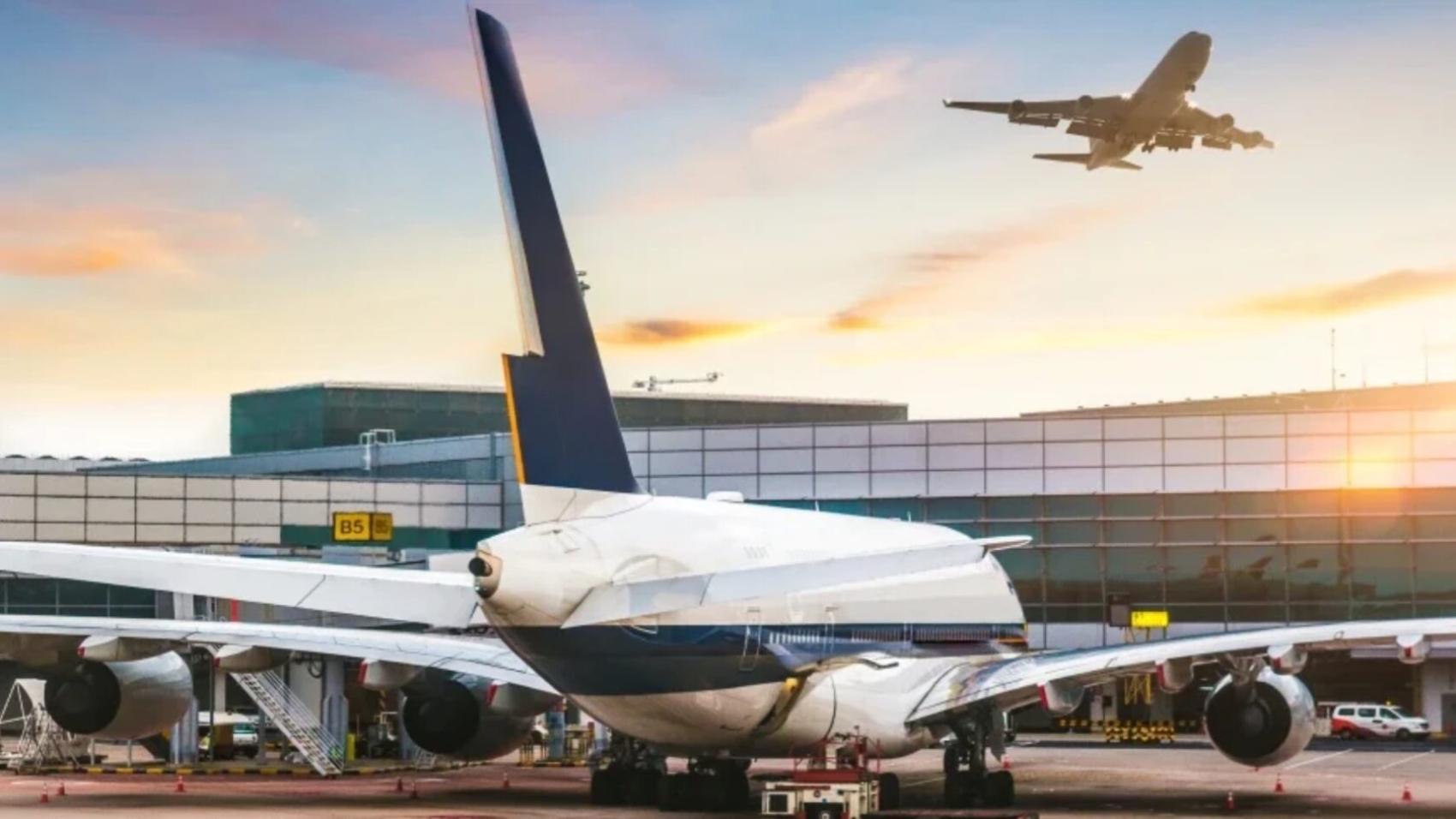Airline Disruption Management Software plays a pivotal role in the airline industry, especially when paired with self-service portals. Flight delays, cancellations, and changes are inevitable, but the way airlines handle disruptions can significantly impact the passenger experience. Let’s delve into how these innovative tools are transforming the landscape, creating a more seamless and passenger-centric travel experience.
The Challenges of Traditional Disruption Management
In the not-so-distant past, the management of flight disruptions posed significant challenges for both passengers and airlines alike. Traditional methods relied heavily on manual interventions, often leading to delays, miscommunication, and increased stress for travelers. The advent of technology has dramatically transformed this landscape, with Airline Disruption Management Software and self-service portals emerging as key catalysts for change.
Historically, disruptions were met with a cascade of logistical hurdles. Airlines grappled with manual processes to disseminate information, manage rebooking, and address passenger concerns during disruptions. This resulted in prolonged resolution times, diminished customer satisfaction, and an overall lack of agility in responding to unforeseen events. However, the contemporary era has ushered in a paradigm shift, with technology playing a pivotal role in streamlining disruption management.
The Role of Self-Service Portals
Self-service portals have been a game-changer, empowering passengers with real-time information and tools to navigate disruptions autonomously. Gone are the days of queuing at service counters or relying on call centers for updates. Today’s travelers can seamlessly access self-service portals, enabling them to receive instant updates, reschedule flights, and make informed decisions at their fingertips. This shift from reactive manual processes to proactive self-service options signifies a monumental advancement in enhancing the overall passenger experience.
Understanding the Dynamics of Flight Disruptions
In the ever-evolving landscape of air travel, disruptions are an unfortunate reality. From unpredictable weather conditions to technical glitches, flights often encounter challenges that impact both passengers and airline operations. This is precisely where the prowess of Airline Disruption Management Software comes into play, offering a comprehensive solution to navigate through these complexities.
The Paradigm Shift Enabled by Self-Service Portals
One of the pivotal components reshaping the landscape of disruption management is the integration of self-service portals. Recognizing these portals as a vital asset in mitigating disruptions and elevating overall passenger experience, airlines are increasingly incorporating them into their operational frameworks.
A Deeper Dive into How These Solutions Help
Real-Time Flight Updates
Experience the power of real-time flight updates through self-service portals, providing passengers with instant information and alleviating uncertainties and anxiety during disruptions. The integration with Airline Disruption Management Software ensures that notifications are timely, enhancing the overall passenger experience.
Personalized Rescheduling Options
Empower passengers to effortlessly reschedule flights through intuitive self-service portals. This user-friendly functionality not only enhances flexibility but also simplifies the rebooking process, ensuring a hassle-free experience for travelers adapting to changes in their travel plans.
Automated Notifications
Integrated seamlessly with self-service portals, the automated notification system keeps passengers informed about disruptions, providing timely updates for informed decision-making. This synergy enhances passenger awareness and empowers them with the information needed to navigate disruptions effectively.
Enhanced Passenger Empowerment
Take control of the travel experience through self-service portals that are designed with the passenger in mind. Trigger vouchers, manage bookings, and make self-service changes seamlessly, offering an efficient way to navigate disruptions and enhance the overall travel journey.
Passenger-Centric Benefits Tailored for Excellence
As leaders overseeing critical aspects of airline operations, such as Customer Support, Customer Experience, IT, Digital Projects, Digital Solution, Digital Transformation, Procurement, and Helpdesk, understanding the specific benefits of these solutions is crucial.
Reduced Passenger Stress
Self-service portals act as stress-relievers during disruptions by offering clear information and actionable options. This reduction in passenger stress significantly contributes to overall customer satisfaction and happiness.
Time and Resource Efficiency
With streamlined processes facilitated by the software, passengers can efficiently manage their travel plans without extensive interactions. This not only saves valuable time for passengers but also optimizes resources for airline staff.
Improved Customer Satisfaction
Empowered passengers express satisfaction even during disruptions, contributing significantly to overall customer happiness. The combined efforts of Airline Disruption Management Software and self-service portals play a pivotal role in achieving this goal.
The Future of Airline Disruption Management: VoyagerAid
In the ever-evolving realm of aviation technology, VoyagerAid emerges as a beacon for airlines aiming to modernize their disruption management strategies. This user-friendly software is meticulously designed to enhance operational efficiency and elevate the passenger experience.
By seamlessly integrating with existing airline systems, VoyagerAid ensures a smooth flow of real-time information across departments. Its easy-to-use interface and multilingual support make it a powerful tool not only for passengers but also for airline staff. From facilitating quicker re-accommodation to dynamic voucher creation, VoyagerAid streamlines disruption management, minimizing the impact on both passengers and operations.
Navigating Disruptions Made Easier
In conclusion, the accessibility of user-friendly Airline Disruption Management Software coupled with self-service portals marks a significant leap forward in the aviation industry. Empowering passengers with the tools they need not only improves their experience but also contributes to the overall efficiency of airline operations.
As we look to the future of air travel, solutions like VoyagerAid play a crucial role in creating a more resilient and passenger-centric industry. By embracing user-friendly disruption management technologies, airlines can turn challenges into opportunities, ensuring a smoother journey for passengers and a more agile operation.
Make disruptions easier for passengers and operations with VoyagerAid, your partner in advanced Airline Disruption Management Software. Schedule a demo today and experience a more streamlined airline operation.



